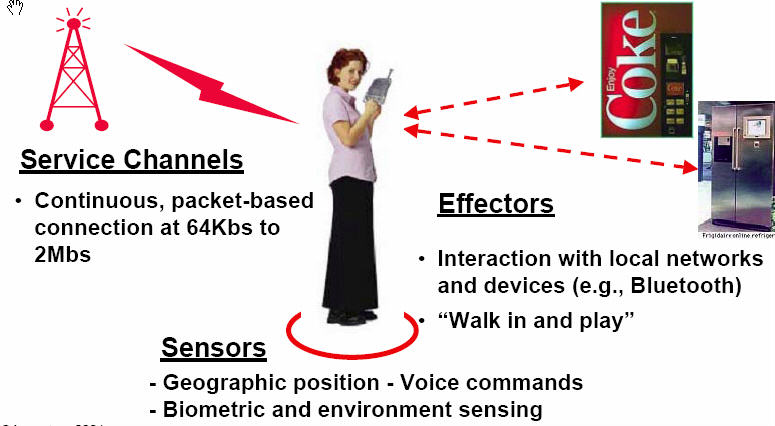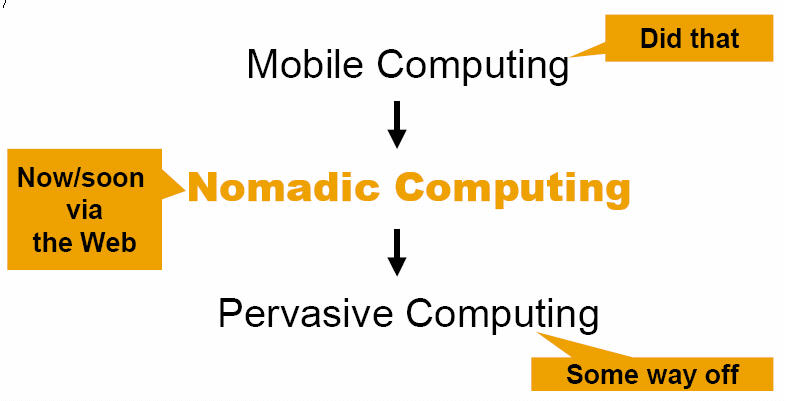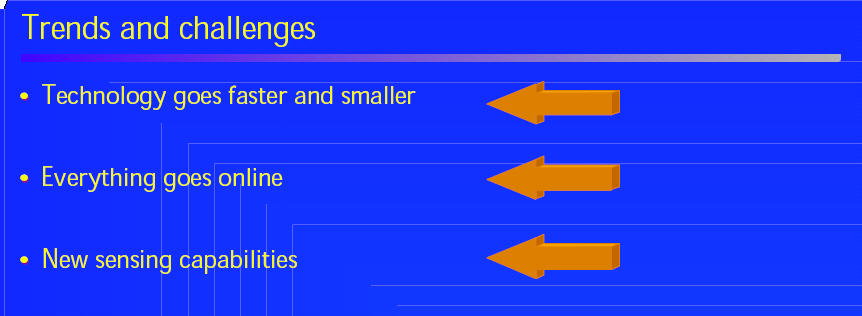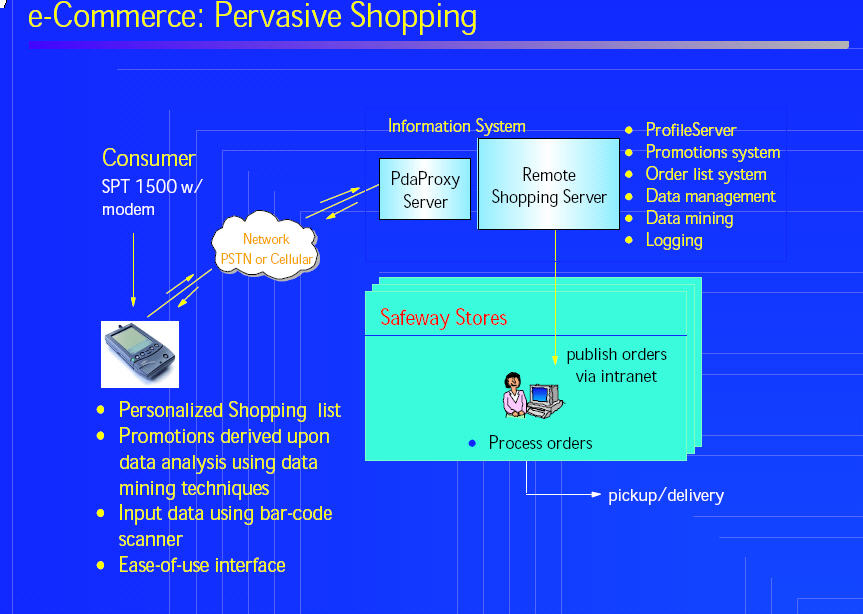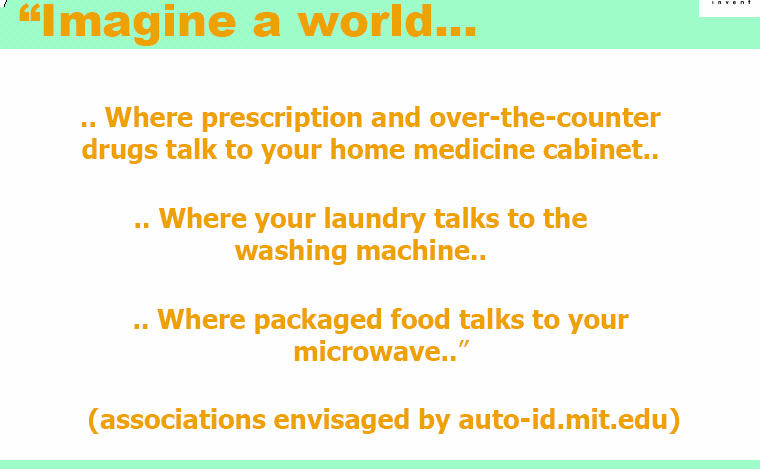 Environmental Sensor Node that is about the size of a film cannister Example output of an environmental sensor:
One important characteristic of sensor networks is the need to reduce
energy consumption per device. The
industry goal is to power an individual WSN (wireless sensor node) for
one year on a pair of AA batteries.
This infrastructure, however, opens the door to service rates that are metered.
Evolution over time looks something like this: 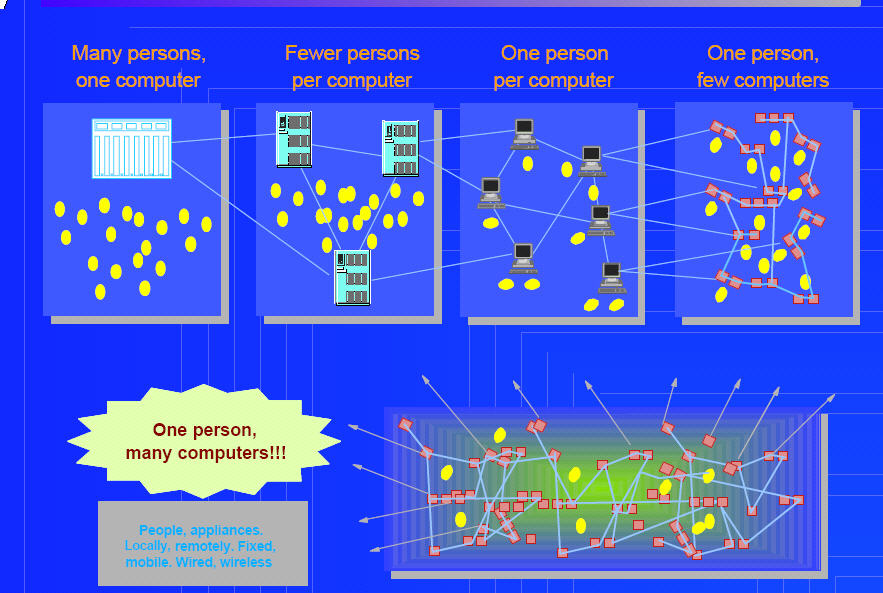 We are clearly now in Stage 3 and halfway toward stage 4. That is, most of you already have a computer in addition to some mobile device that is almost a computer (e.g. PDA/Cell Phone). At the very least its a network device.
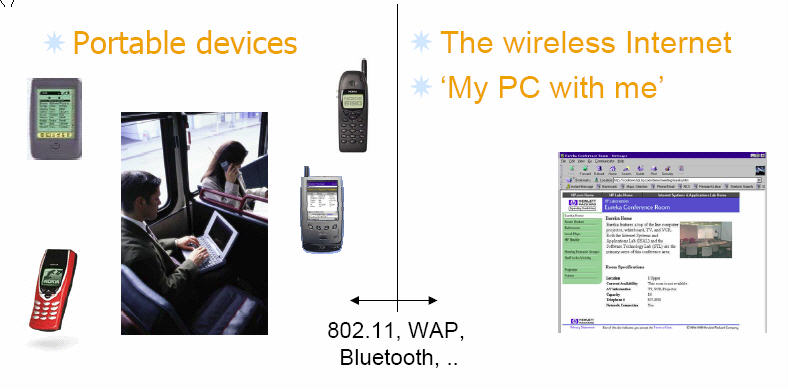
Stage 5 is not that far off:
The behavior of pervasive computing depends critically on the degree to which individual devices can become smart, networked devices that are reliable . This is referred to as the Toaster Down Problem.
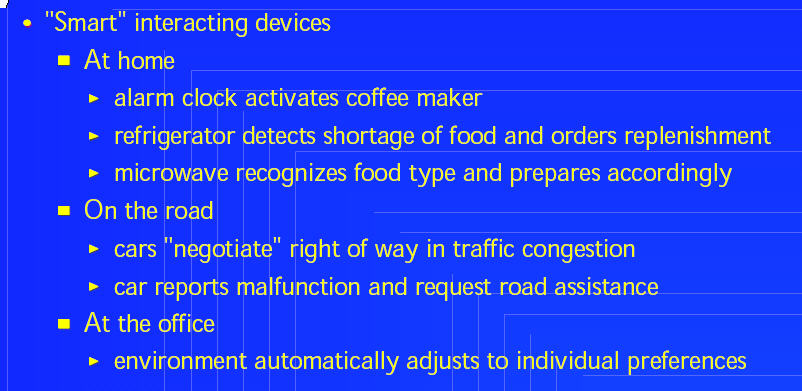 To reach that goal, several challanges need to be overcome.
The core challenge: Automatic identification of physical objects is key to coupling atoms (physical entities) to bits (information). RFID and sensor networks are the enablers and foundation layer of this vision. However, the raw data must be "understood" so that salient "events" can be extracted from the data stream
|
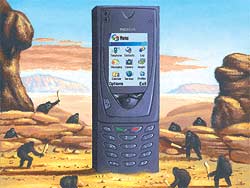
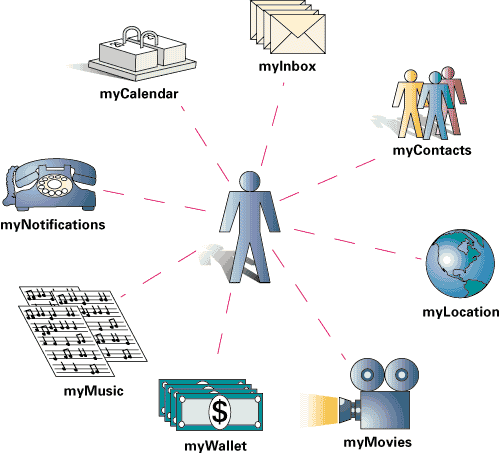
Everything must be Synched


